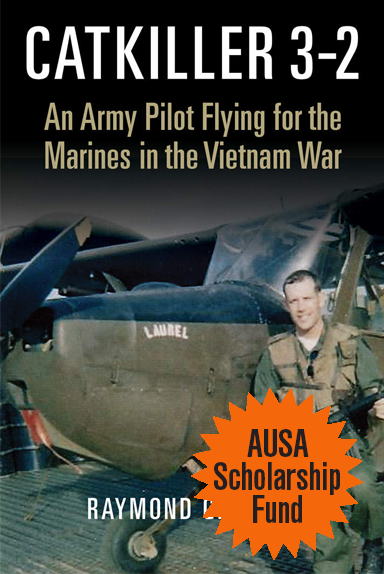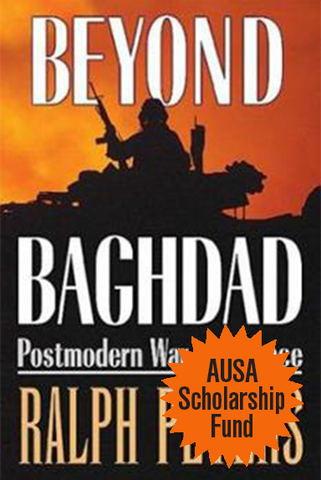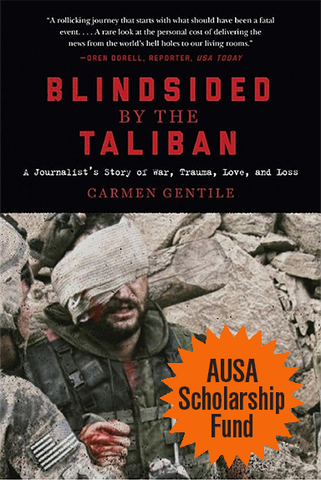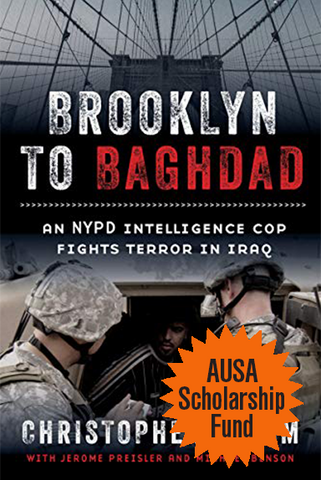
CATKILLER 3-2 — An Army Pilot Flying for the Marines in the Vietnam War
Hardcover, 241 pp
Copyright 2018 by Raymond Caryl
Proceeds from this book sale go towards the AUSA Scholarship Fund
Catkiller 3-2 provides unique insights into the role of the tactical air controller, airborne (TACA) in I Corps as seen through the eyes of one of the pilots who flew low-altitude, unarmed, single-engine aircraft in support of Marine ground units during the Vietnam War. When Gen. William Westmoreland changed the Marines’ role in I Corps from clear, hold, and pacify to search and destroy, the Marines found themselves in need of more fixed-wing aircraft to handle the TACA missions. The advance party of the Army’s 220th Reconnaissance Aircraft Company (RAC) arrived in Vietnam in late June 1965 thinking they were going to be assigned to III Corps Tactical Zone. However, because of the shortage of existing Marine Birddogs, the 220th was immediately reassigned to I Corps and came under the operational control of the Marines. This led to the Marines’ insistence that pilots of the 220th RAC be allowed to control Air Force and Marine jet attack aircraft serving the close-air support role. The Air Force reluctantly agreed, and the 220th pilots were trained by their Marine aerial observers (AOs) to perform TACA duties. The pilots of the 220th RAC, with the brief exception of a handful of pilots from the 21st RAC in 1968, were members of the only Army Birddog company to receive this qualification. Catkiller 3-2 illustrates the extremely close relationship that existed between the 220th pilots and their 1st and 3rd Marine Division aerial observers.
No other work details the tactics, restriction, aerial maneuvers, and dangers experienced by the Army pilots and Marine AOs flying these missions. As young lieutenants and captains, they had at their beck and call as much authority to request and control artillery and air strikes as ground commanders of much higher rank. Raymond G. Caryl provides unrivaled examples of the heroics of these pilots, as well as glimpses into their day-to-day lives in the heat of battle.




